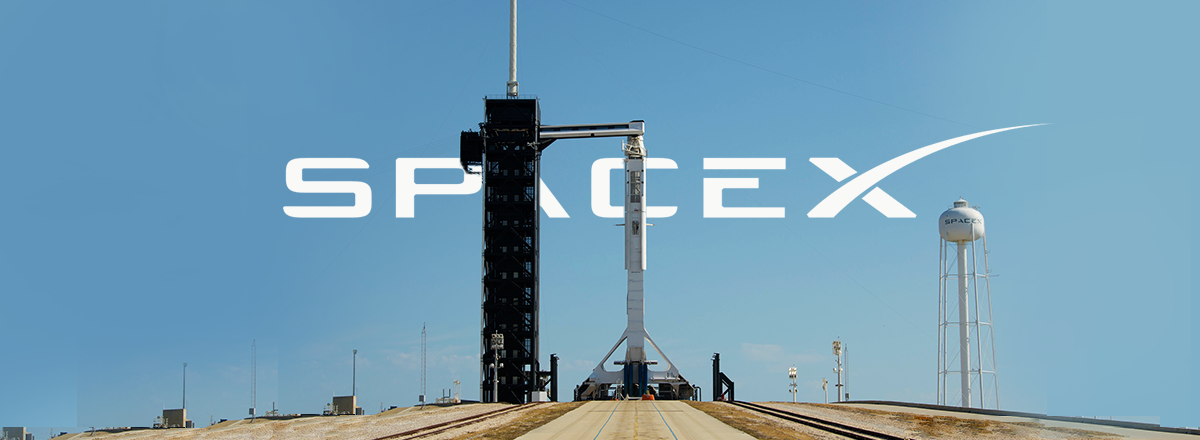The streaming of the first manned flight on SpaceX Crew Dragon was the second-largest broadcast in the history of YouTube. More than 4 million people simultaneously watched the broadcast on the YouTube channel of SpaceX. The total result of three separate broadcasts (two on SpaceX channel + one on NASA channel) is 7.9 million viewers.
But the leader is still the stream of Felix Baumgartner's supersonic freefall from 128,100 feet, organized by RedBull. In 2012, 8 million people watched it at the same time.
After a 19-hour flight, the launched Crew Dragon ship with the crew of the first manned SpaceX Demo-2 mission successfully docked with the International Space Station. The docking took place in automatic mode, but the final stage of rapprochement was performed in a manual control mode.
Head on view of the space station from the @SpaceX #CrewDragon less than 150 meters away. pic.twitter.com/sHYR4VuaBD
— Intl. Space Station (@Space_Station) May 31, 2020
One of the essential distinguishing features of Crew Dragon is that all stages of its docking with the station are automated. The automatic docking procedure using the international docking adapter, designed for private spaceships, was tested during a Crew Dragon uncrewed flight last year.
Dragon ~60 meters away from the @space_station pic.twitter.com/5hjJxYyZpl
— SpaceX (@SpaceX) May 31, 2020
After the tests, Crew Dragon successfully docked with the ISS.
Docking confirmed – Crew Dragon has arrived at the @space_station! pic.twitter.com/KiKBpZ8R2H
— SpaceX (@SpaceX) May 31, 2020
At the station, Robert Behnken and Douglas Hurley joined the main expedition ISS-63, consisting of commander Christopher Cassidy (USA) and flight engineers Anatoly Ivanishin and Ivan Wagner (Russia).

The exact duration of the Demo-2 mission has not been determined and it will last from one to four months. The final decision on the duration of NASA's mission will be made in the coming days. After the mission to the ISS ends, the ship with the crew will disconnect from the station and begin maneuvering in orbit. Then it will enter the atmosphere, open parachutes, and get down in the Atlantic Ocean, near Florida. Then a special rescue vessel Go Navigator will pick up the ship and the crew.
The next flight, USCV-1 (US Crew Vehicle-1) or simply Crew-1, is scheduled for September-November 2020. Crew Dragon will fly with three Americans and a representative of the Japanese space agency JAXA. This mission will last for 210 days.














